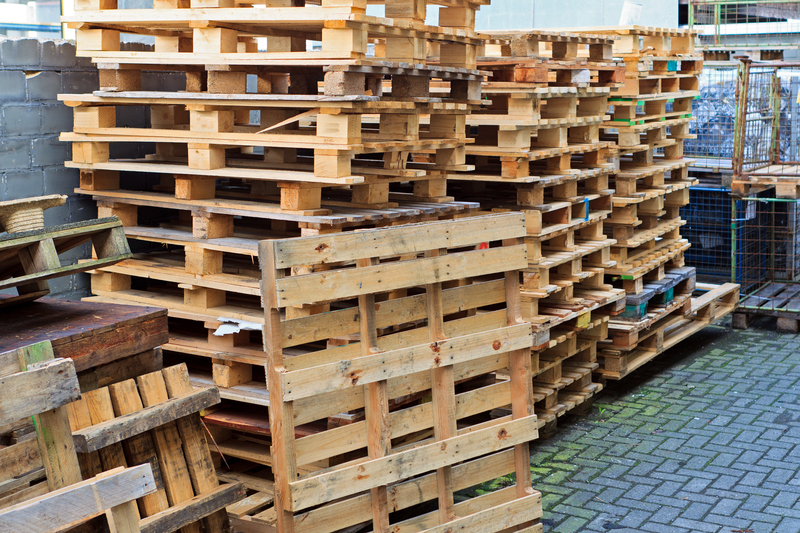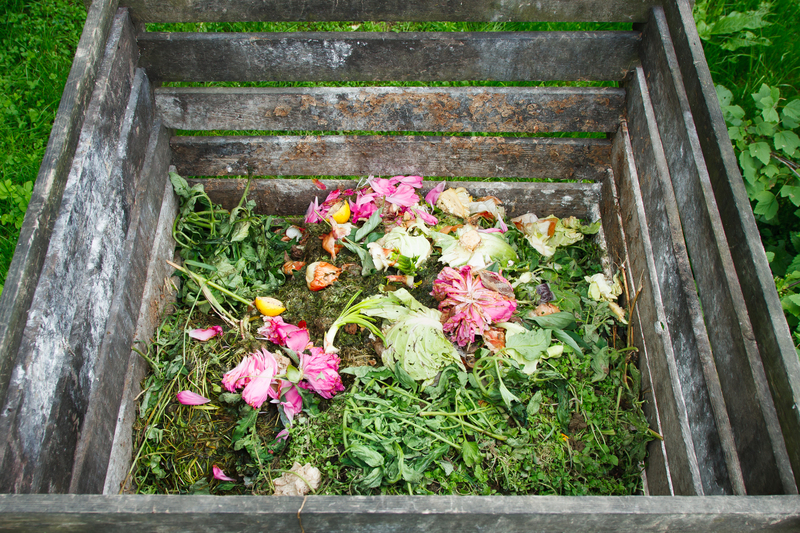Embracing Sustainable, Plastic-Free Options
In recent years, there has been a growing awareness of the environmental impacts of plastic waste. The movement towards sustainable, plastic-free options is gaining momentum as more people recognize the importance of reducing their ecological footprint. This article explores the significance of embracing sustainable, plastic-free alternatives, provides practical tips for making the transition, and examines the pros and cons of a plastic-free lifestyle.
Understanding the Plastic Problem
Plastic pollution is a global crisis that affects our oceans, wildlife, and health. According to the United Nations Environment Programme (UNEP), over 8 million tons of plastic waste enter the oceans every year, causing harm to marine life and ecosystems. Microplastics, tiny plastic particles, have infiltrated our food and water supply, posing potential health risks to humans.

Benefits of Sustainable, Plastic-Free Options
Adopting sustainable, plastic-free options offers numerous advantages:
- Environmental Preservation: Reducing plastic waste helps protect marine life and ecosystems, minimizing the negative impacts on the environment.
- Health Benefits: By avoiding plastic in food packaging, you reduce exposure to harmful chemicals like BPA and phthalates, which can have adverse health effects.
- Resource Conservation: Sustainable alternatives often involve using renewable materials, conserving finite resources like fossil fuels.
Practical Tips for Going Plastic-Free
Transitioning to a plastic-free lifestyle may seem challenging, but small changes can make a significant difference. Here are some practical tips to help you get started:
1. Carry Reusable Bags
Invest in reusable shopping bags made from natural fibers like cotton or jute. Keep them in your car or backpack to ensure you always have them on hand.
2. Opt for Glass or Stainless Steel Containers
Replace plastic food storage containers with glass or stainless steel alternatives. These materials are durable, non-toxic, and can be reused for years.
3. Choose Plastic-Free Personal Care Products
Switch to bar soaps, shampoos, and conditioners packaged in paper or cardboard. Look for brands that prioritize sustainable packaging.
4. Shop at Bulk Stores
Buying in bulk reduces the need for single-use plastic packaging. Bring your own containers to fill with grains, nuts, and other essentials.
5. Use Beeswax Wraps
Replace plastic wrap with beeswax wraps for storing food. These reusable wraps are biodegradable and keep your food fresh.
Pros and Cons of a Plastic-Free Lifestyle
While going plastic-free has numerous benefits, it's important to consider the challenges as well:
Pros
- Reduces environmental impact
- Promotes healthier living
- Encourages conservation of natural resources
- Supports sustainable businesses and products
Cons
- Initial cost of sustainable products may be higher
- Availability of plastic-free options can be limited in some areas
- Requires effort and planning to maintain a plastic-free lifestyle

Takeaways
- Plastic pollution is a significant environmental and health issue
- Adopting sustainable, plastic-free alternatives can help mitigate these impacts
- Small, everyday changes can lead to a more environmentally friendly lifestyle
- There are pros and cons to consider when transitioning to a plastic-free lifestyle
Conclusion
Embracing sustainable, plastic-free options is not only beneficial for the environment but also for your health and well-being. By making small, conscious choices, you can significantly reduce your plastic footprint and contribute to a more sustainable future. While the transition may come with its challenges, the positive impacts on our planet make it a worthwhile endeavor. Start with simple steps and gradually incorporate more plastic-free practices into your daily life. Together, we can make a difference and create a cleaner, greener world for future generations.


